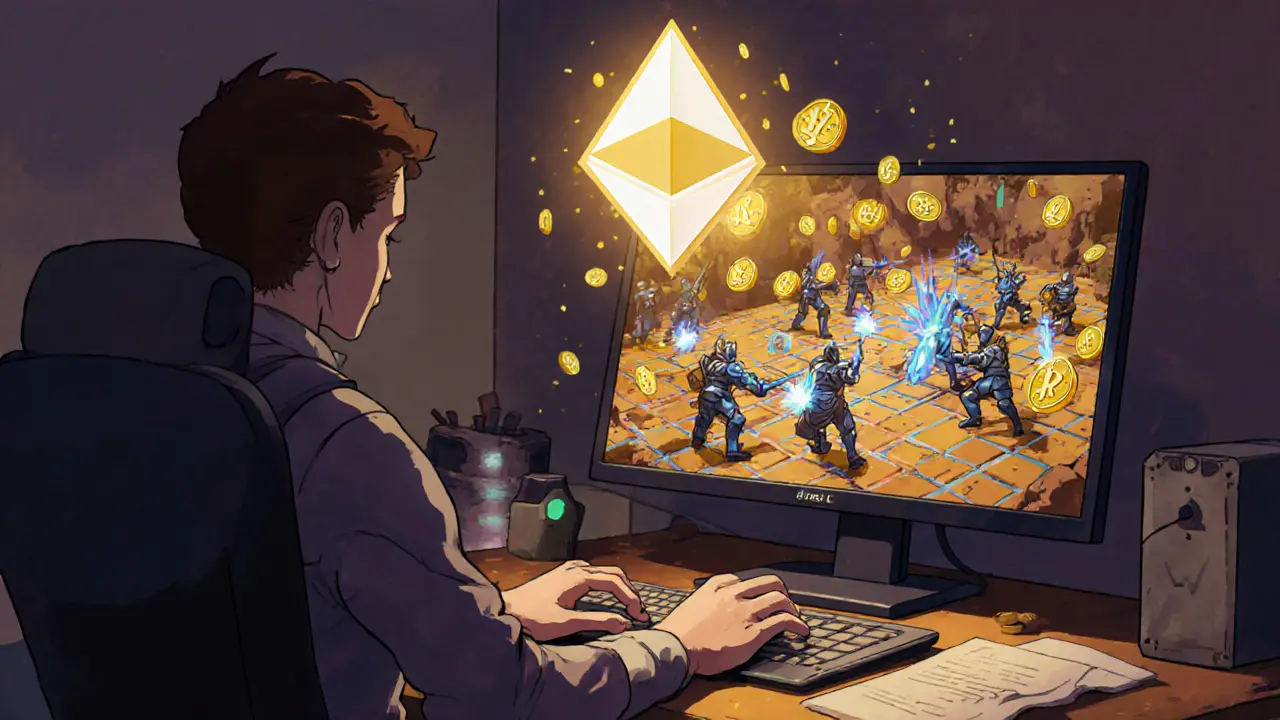GameFi crypto: How Play-to-Earn Games Are Changing Blockchain Gaming
When you think of GameFi crypto, a fusion of gaming and decentralized finance where players earn cryptocurrency through gameplay. Also known as play-to-earn gaming, it turns idle time into income by rewarding players with tokens or NFTs for completing tasks, winning matches, or building in-game assets. Unlike traditional games where your progress dies when you log off, GameFi crypto lets you own what you earn—whether it’s a rare sword, a virtual plot of land, or a token that trades on exchanges.
This isn’t just about flashy graphics or hype. GameFi crypto relies on three core pieces: blockchain gaming, games built on public ledgers where every action is recorded and verified, NFT games, titles that use non-fungible tokens to represent unique in-game items like skins, characters, or weapons, and crypto rewards, tokens you can cash out, stake, or trade outside the game. These aren’t theoretical—they’re live in games like Axie Infinity, The Sandbox, and Illuvium, where players in the Philippines, Nigeria, and beyond earn enough to cover rent or school fees.
But not all GameFi crypto projects last. Many crash when the token price drops, the community leaves, or the game becomes boring. The ones that stick around? They focus on real fun first, rewards second. They build economies that don’t rely on new players just to pay old ones. They let you earn without spending thousands upfront. And they tie your progress to something real—like owning land in a virtual world that others actually want to visit.
If you’ve ever wondered if playing games can actually pay, GameFi crypto is where that question gets answered. Some projects are scams. Others are quietly changing how we think about work, play, and ownership. Below, you’ll find real breakdowns of what’s working, what’s dead, and what’s coming next—no fluff, no hype, just what you need to know before you click play.

